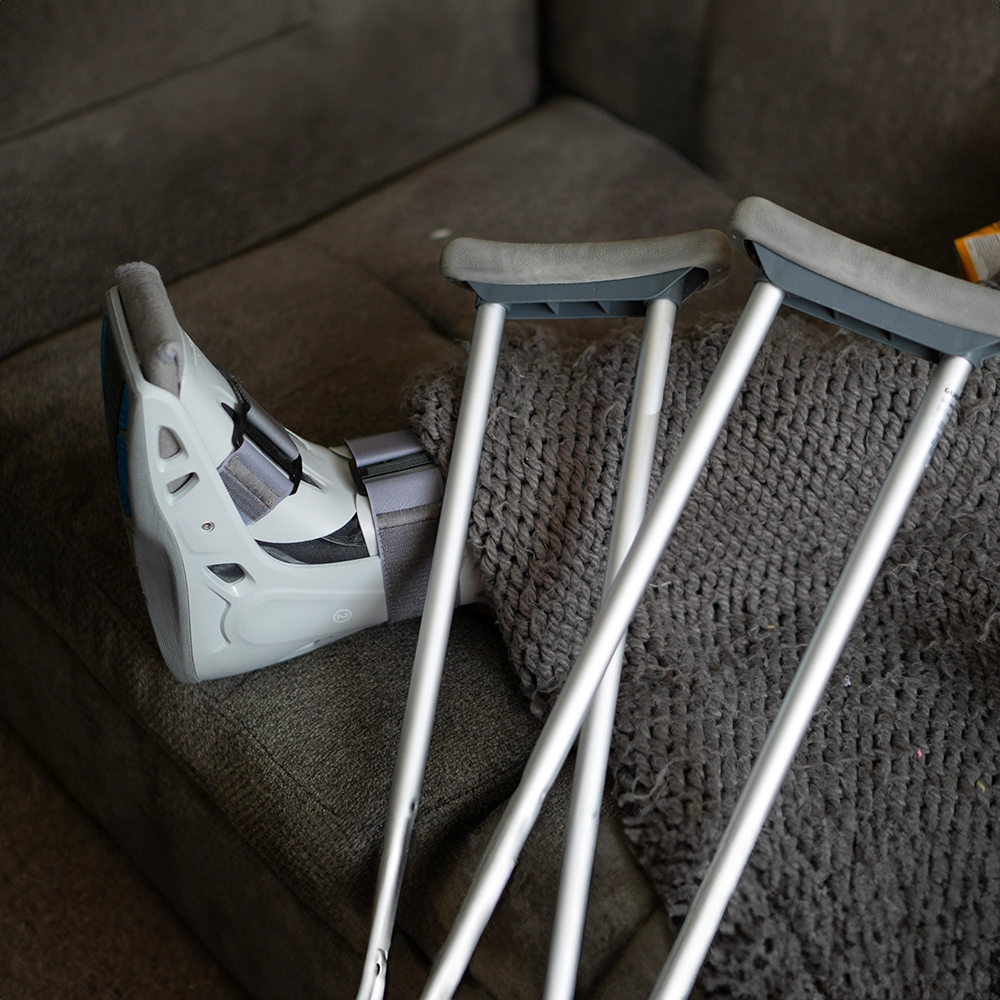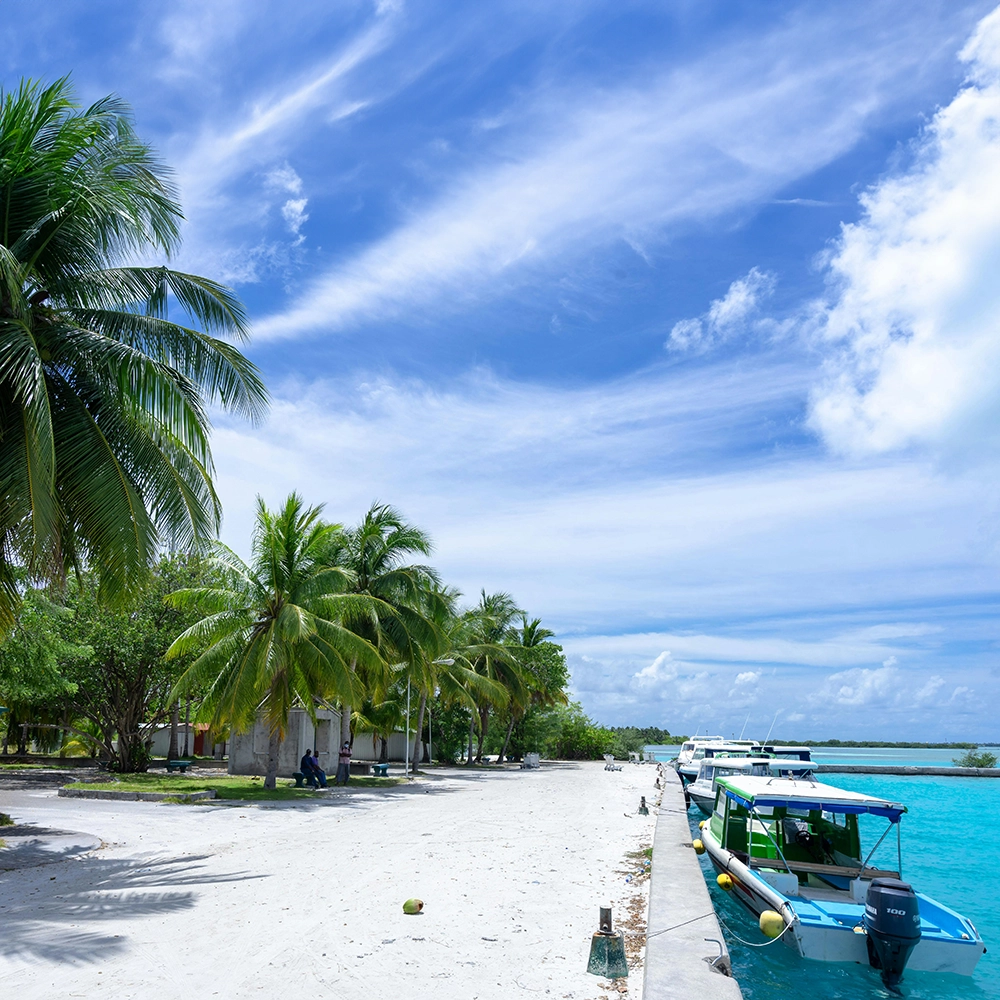I was in my element.
Finally, it was my turn to get in on a game of three-on-three basketball.
I’d been watching eagerly from the court sidelines on Caye Caulker, a paradise island off the coast of Belize. The Belizean Ballers played tough. I was ready to show them that a white boy from North Dakota could ball!
Everyone was barefoot but me, and the other team thought it was hilarious that I was playing with shoes. Many of them couldn’t afford shoes.
The first play of the game, someone passed me the rock from behind the three-point arch and I took a jump shot. To my surprise, it went in. But there was no celebration. I landed awkwardly on my ankle and did the “hurt-walk” dance.
This didn’t feel like a walk-it-off injury; this felt like a type of injury that wouldn’t heal itself. Instead of rushing to get treated, I played two games on what was probably a sprained ankle. I was 22 and thought I was invincible, so yes, I was in no hurry to see a doctor.
A week later, I still hadn’t gotten any medical attention. Being on a small island off the coast of Belize, there weren’t really any options. But I could have, and should have, caught a boat for the hour-long trip to the mainland and gotten some help.
I assumed my body would do what it always seemed to do when I got hurt: heal itself. But I was wrong.
Broken in Belize
My ankle did not heal, even after I returned to work in Guatemala. When I got back from my Easter break in Belize, my boss saw me limping into the office and sent me to get medical attention.
I was covered at the time by a Seven Corners travel medical policy. My initial x-ray and doctor visit cost just $24.
The doctor said I had a sprain. He provided me a pair of crutches and gave me some ankle exercises to do over the next few weeks, saying that in that time I would be healed. But the exercises just made my condition much worse.
The next step after I didn’t heal was getting an MRI, which showed that the bones in my ankle had splintered, AKA osteochondritis dissecans. Unfortunately, the treatment is months of immobilization in a boot.
Hard-Learned Lessons about Getting Injured Abroad
After this experience, I learned three very important lessons that have served me well since.
1. Quit while you’re only slightly behind.
Know when to walk off the court. I’m not just talking about the basketball court, but to know when to quit while you’re only slightly behind in life so you don’t get pushed even further back.
I should have stopped playing after I rolled my ankle. I should have ended the trip on Caye Caulker early to see a doctor. But I didn’t know when to quit.
2. Don’t let problems progress.
Don’t let medical issues increase to a crisis. A visit at the first sign of trouble might, at worst, be an unnecessary visit to the doctor. But not taking that visit could lead to greater complications.
Don’t be afraid to get medical help if something doesn’t seem right.
3. Be covered.
When I first started traveling, I didn’t use travel insurance. Luckily, I landed a job in Guatemala where it was mandatory that all volunteers get a plan with Seven Corners.
Because I was a full-time staff member, the company in Guatemala paid for my plan. If that hadn’t been the case, knowing the person I was 10 years ago, I don’t think I would have gotten travel insurance. And I would have regretted it.
Not Sure If You Need Travel Insurance?
It’s so easy to feel invincible when we’re young. We might never have had a serious medical issue, so we think we can bounce back from anything. But things happen in life. Better to look forward and avoid potential problems than backward with regret.
Answer a few questions online to find the right travel insurance for your trip and your budget, even if you aren’t sure you’ll need it. You might be surprised by how affordable and easy it is to find the right plan.


